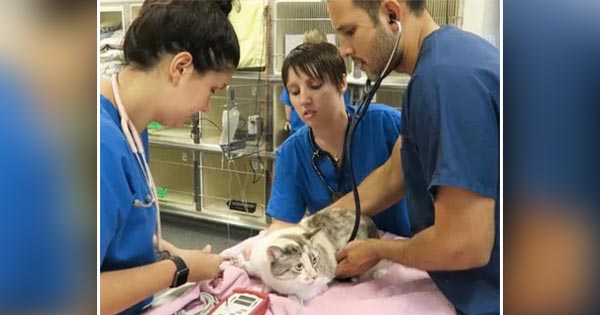Adverse events during anaesthesia in otherwise young and healthy patients is a rare occurrence. However, with low incidence of adverse events could come an increased risk of complacency on the part of the veterinary team.
Take the following case as an example:

“Clicky” is a young and healthy cat that underwent a routine dental prophylaxis procedure. A few days after the procedure, she developed respiratory difficulties and presented to our emergency clinic.
Possible problems
She was diagnosed as having severe subcutaneous emphysema, most likely from a tracheal wall compromise that would have occurred as an adverse event from tracheal intubation.
We need to handle cats very gently while they are intubated as their tracheas are nowhere near as robust as their canine counterparts.
Overinflating the cuff is another cause of tracheal necrosis.
Never be complacent
What we think happened was the patient was repositioned during the dental procedure and the endotracheal tube was twisted in the process, causing either ischaemic compromise to a portion of the trachea or direct damage to the trachea.
Thankfully, “Clicky” made a full recovery, but this case certainly highlights that we must never be complacent when it comes to handling our anesthesia cases.
Low incidence does not mean no incidence, and individualised anaesthetic plans – along with in-depth training for the anaesthetist (who most often are veterinary technicians and nurses) – will help reduce the chances of adverse events occurring.

- Tip of the Week author Gerardo Poli is the author of The MiniVet Guide to Companion Animal Medicine.

Leave a Reply